
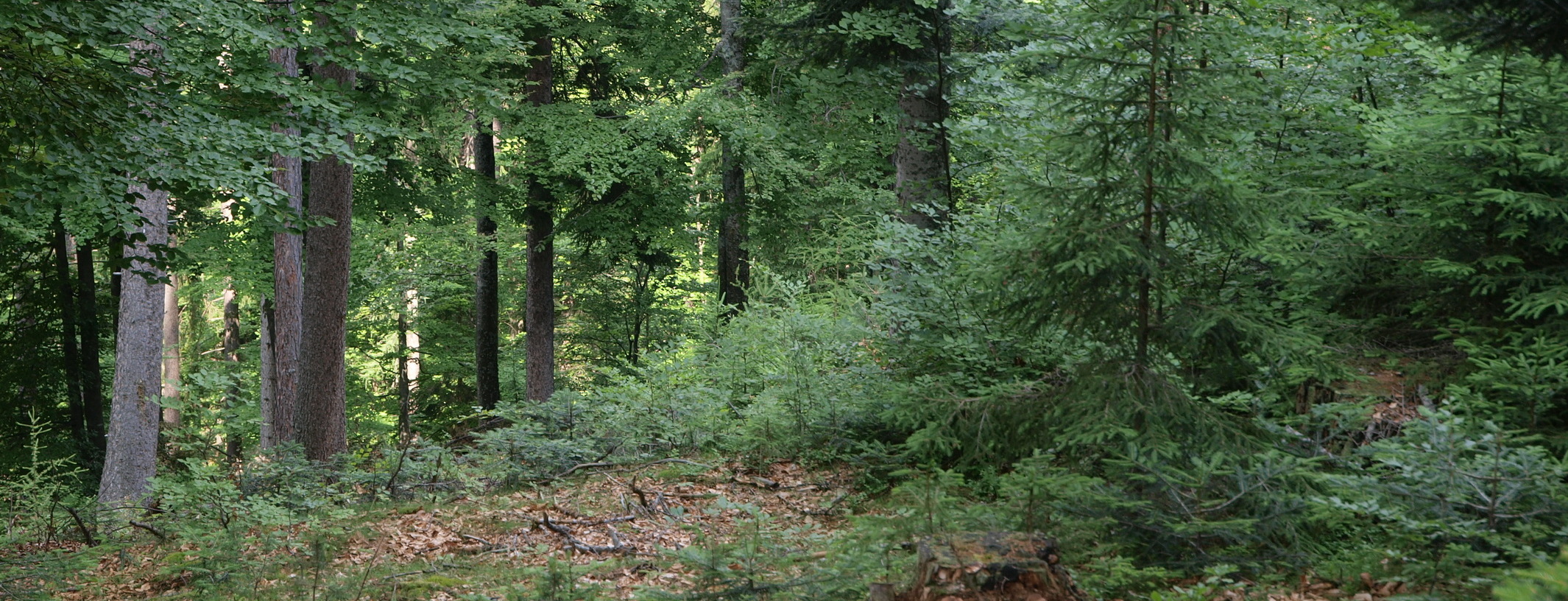


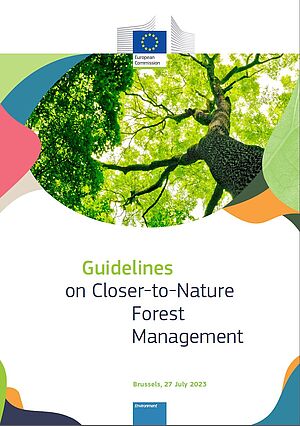
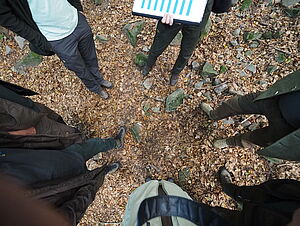
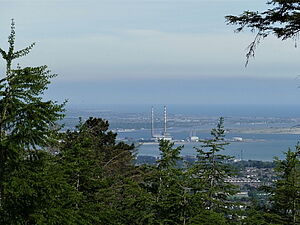
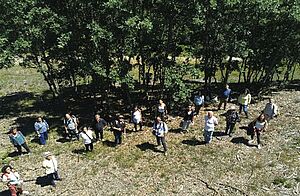
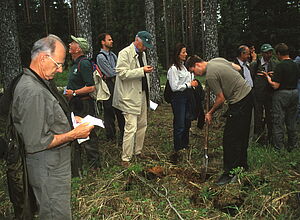
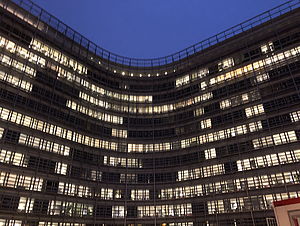
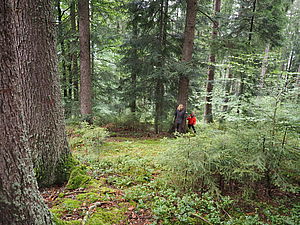
The maintenance of ecosystems provides a basis for the protective, productive and recreational functions of forests, and however society may wish to utilise the forest, the survivability and interrelationship between all life forms within the forest ecosystem provides the foundation for all the other functions of the forest. The preservation, and if necessary the restoration, of the ecosystem is, therefore, the first priority.
The elements of ecosystem functionality are:
PRO SILVA recommends the following essential methods to allow forest ecosystems to function:
The elements of the conservation of forest ecosystems, as stated above, correspond to the declaration on biodiversity which was made at the Rio conference in 1992. The protection, production and recreational functions of the forest are all based on the conservation of the ecosystem; and they are all, in their own way, important to society.